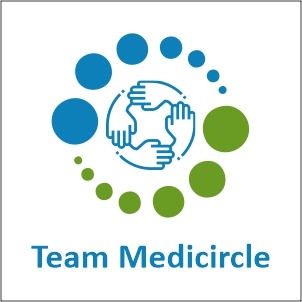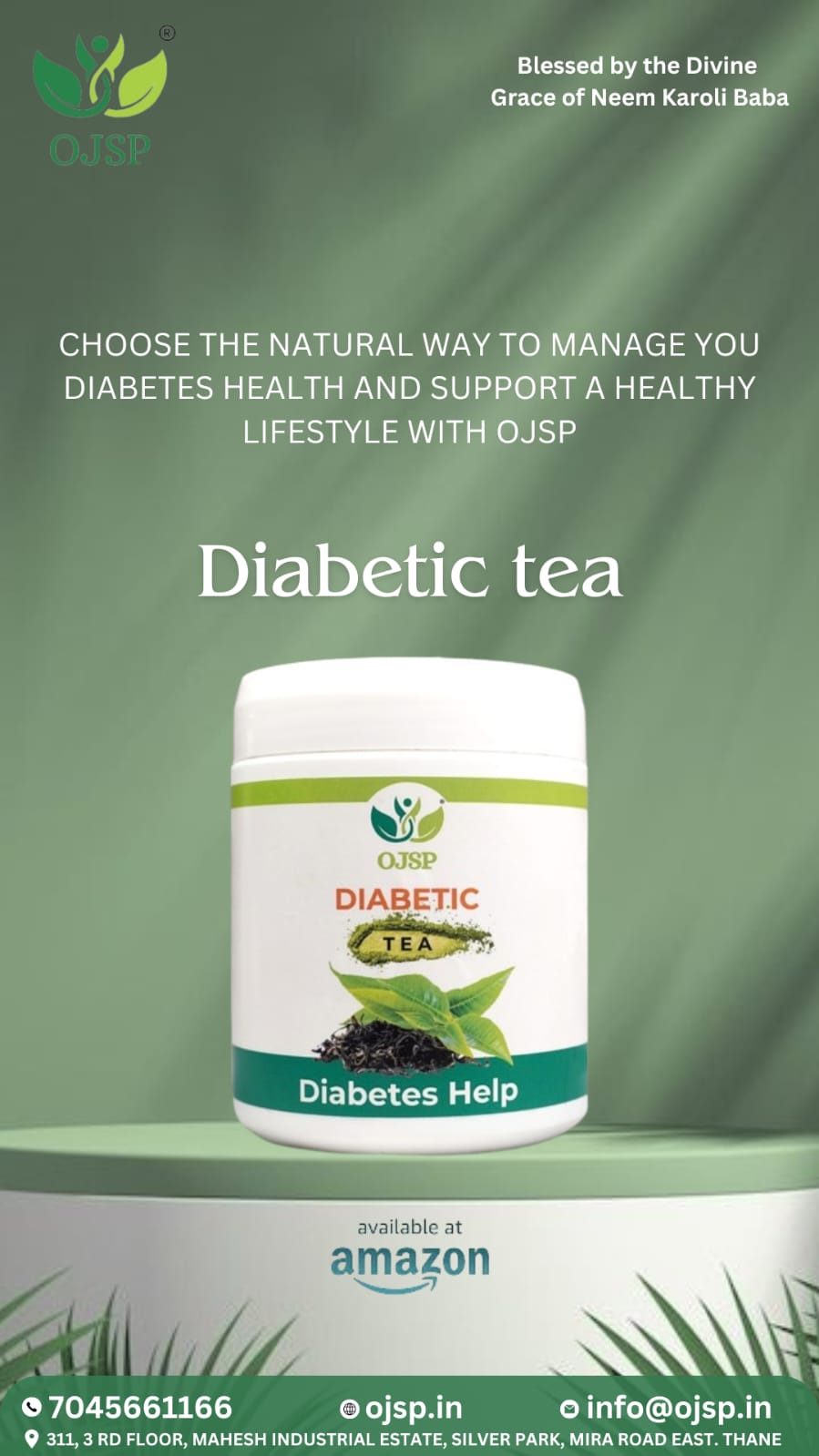The U.S. Food and Drug Administration (FDA) approved Pfizer Inc.’s supplemental New Drug Application (sNDA) for LORBRENA (lorlatinib), expanding the indication to include first-line treatment of people with anaplastic lymphoma kinase (ALK)-positive non-small cell lung cancer (NSCLC). LORBRENA is now indicated for adults with metastatic NSCLC whose tumors are ALK-positive as detected by an FDA-approved test. The FDA action also converts the 2018 accelerated approval to full approval. The application was approved under the FDA’s Real-Time Oncology Review (RTOR) pilot program.
“For more than a decade, Pfizer has been a pioneer in delivering biomarker-driven therapies and addressing the diverse and evolving needs of people with non-small cell lung cancer,” said Andy Schmeltz, Global President, Pfizer Oncology. “LORBRENA has been a transformative medicine for people with ALK-positive advanced NSCLC, and this FDA approval in the first-line setting means that we can now extend hope to even more people.”
LORBRENA is a third-generation ALK inhibitor specifically designed to inhibit the most common tumor mutations that drive resistance to current medications and to address metastases in the brain, a frequent site for disease progression in ALK-positive NSCLC. Up to 40% of people with ALK-positive metastatic NSCLC present with brain metastases at initial diagnosis.1,2,3
The expanded approval of LORBRENA is based on the results from the pivotal Phase 3 CROWN trial, which showed a 72% reduction in risk of progression or death vs. XALKORI® (crizotinib) in a previously untreated patient population (HR 0.28: 95% CI, 0.19 to 0.41; p<0.0001) as assessed by blinded independent central review (BICR). Central nervous system (CNS) involvement was assessed in all patients. There were 17 patients in the LORBRENA arm and 13 in the XALKORI arm with measurable brain metastases based on baseline brain imaging. A prespecified exploratory analysis showed that among these patients, the intracranial objective response rate (IC-ORR), as assessed by BICR, was 82% (95% CI, 57 to 96) in the LORBRENA arm and 23% (95% CI, 5 to 54) in the XALKORI arm. The intracranial duration of response (IC-DOR) was 12 months or longer in 79% (n=11) and 0% of patients in the LORBRENA and XALKORI arms, respectively.
The most common adverse events (AEs) of any Grade and Grade 3-4 worsening laboratory abnormalities occurring in ≥20% of people treated with LORBRENA were edema (56%), weight gain (38%), peripheral neuropathy (35%), cognitive effects (21%), diarrhea (21%), dyspnea (20%), and hypertriglyceridemia (22%). Serious AEs occurred in 34% of people treated with LORBRENA; the most frequently reported serious AEs were pneumonia (4.7%), dyspnea (2.7%), respiratory failure (2.7%), cognitive effects (2.0%), and pyrexia (2.0%). Fatal AEs occurred in 3.4% of people treated with LORBRENA and included pneumonia (0.7%), respiratory failure (0.7%), cardiac failure acute (0.7%), pulmonary embolism (0.7%), and sudden death (0.7%). Permanent discontinuation of LORBRENA due to AEs occurred in 6.7% of people. AEs leading to dose interruptions and dose reductions occurred in 49% and 21% of people treated with LORBRENA, respectively. Detailed results from the CROWN study were published in the November 2020 issue of the New England Journal of Medicine.
“The CROWN data have shown LORBRENA can significantly improve outcomes in the first-line treatment of ALK-positive non-small cell lung cancer, including those that present with brain metastases,” said Benjamin Solomon, M.D., Department of Medical Oncology, Peter MacCallum Cancer Centre. “This approval is meaningful for my patients because we now have a highly effective treatment option that can delay the progression of a typically aggressive disease.”
In 2018, the FDA approved LORBRENA for the treatment of patients with ALK-positive metastatic NSCLC whose disease has progressed on crizotinib and at least one other ALK inhibitor for metastatic disease; or whose disease has progressed on alectinib or ceritinib as the first ALK inhibitor therapy for metastatic disease. This indication was approved under accelerated approval based on tumor response rate and duration of response. Based on the CROWN data, the FDA has also converted the accelerated approval to full approval.
This sNDA was also reviewed by the FDA under Project ORBIS, an initiative introduced in 2019, which provides a framework for potential concurrent submissions and collaborative review with health authorities in Canada, Singapore, Switzerland, Australia, Brazil and the United Kingdom. Under Project ORBIS, collaboration among international regulators may allow people with cancer to receive earlier access to products in other countries. The European Medicines Agency is also reviewing a Type II variation application for LORBRENA in the first line indication.

 In 2018, the FDA approved LORBRENA for the treatment of patients with ALK-positive metastatic NSCLC whose disease has progressed on crizotinib and at least one other ALK inhibitor for metastatic disease
In 2018, the FDA approved LORBRENA for the treatment of patients with ALK-positive metastatic NSCLC whose disease has progressed on crizotinib and at least one other ALK inhibitor for metastatic disease










.jpeg)

.jpeg)










.jpg)




.jpg)

